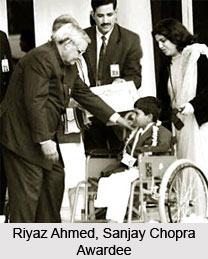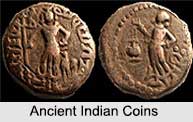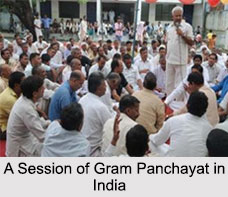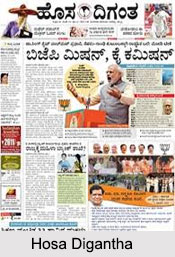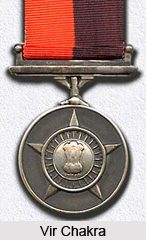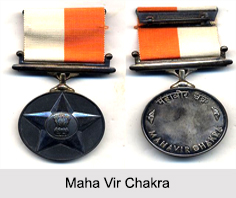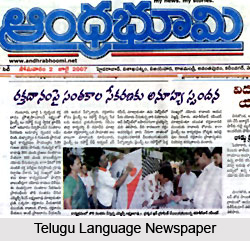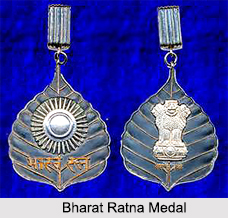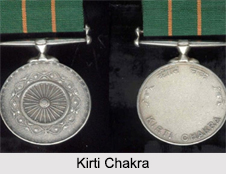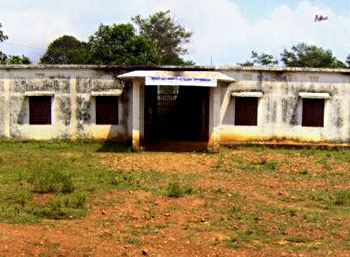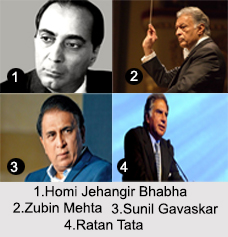State did own all the land including the cultivable one. According to some historians land in India was the property of the crown and no private individual was permitted to own it. According to Purvamimamsa it has been stated that the king could not dispose of the lands of private individuals if it had to be gifted in charity at the end of some sacrifices. In Arthashastra also the lands possessed by the king and that possessed by the individuals have been differentiated. Narada has mentioned that if the king proceeded to interfere with the ownership and possession of houses and lands as it would result in chaos. According to Nilakantha an emperor is the lord of the entire earth but the ownership in different fields belongs to their several private owners, and the state has no rights over it.
Earlier land ownership was regarded as vested in the whole community. Some hold the view that the transfer of land can become valid only if agreed by the entire body of villagers. The communal ownership of land did not permit the state to dispossess an individual of the land he possessed. It only restricted his power of its disposal. In the Vedic age the king was permitted to gift a piece of land only when the adjacent residents agreed to the proposal. The communal ownership of land that was practiced in pre-historic times has left its influence. The ownership in waste lands forests and mines was originally based upon its claim to the entire land in the realm.
As per evidences from 600 B.C. the ownership of private individuals in their cultivable land could not be affected by the action of the state. The state could take away the land in case of a failure of paying land tax. People could freely gift their land away, mortgage or sell their lands.
Some state grants recorded the gifts of entire villages to Brahmins or temples. However this process does not support the theory of the state ownership of the fertile land. There are records where full ownership in land has been transferred to the donee. If one has disconnected pieces, the state possesses only a few fields in the village. This type of acquisition is known as rajyavastu or state property in some records. When kings wanted to donate landed property, they used to give such small dry usually disconnected pieces under their ownership. In case the king did not own any land they purchased the piece they wanted to give.
In the post-Buddhist period at any rate the ownership in cultivable lands was vested in private individuals. The state could not interfere with it except in case of non-payment of land-tax.





